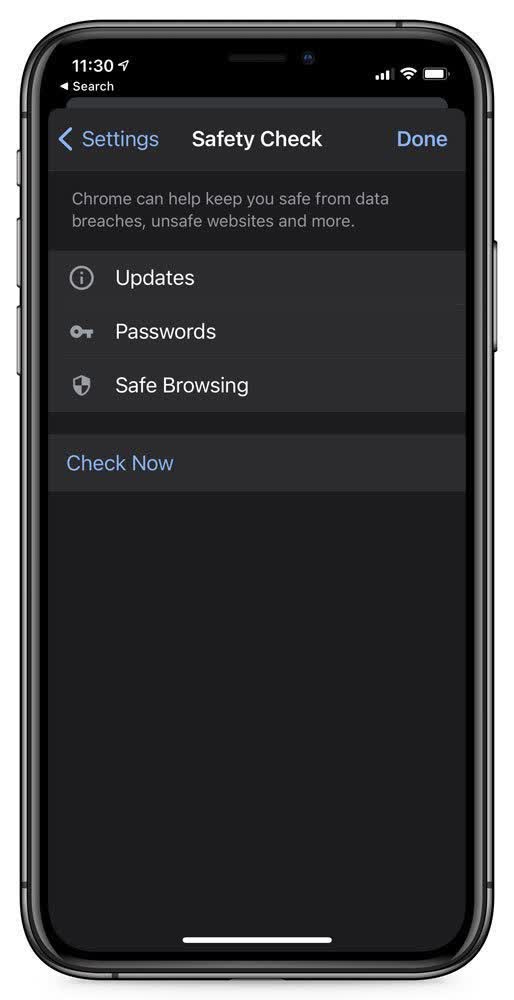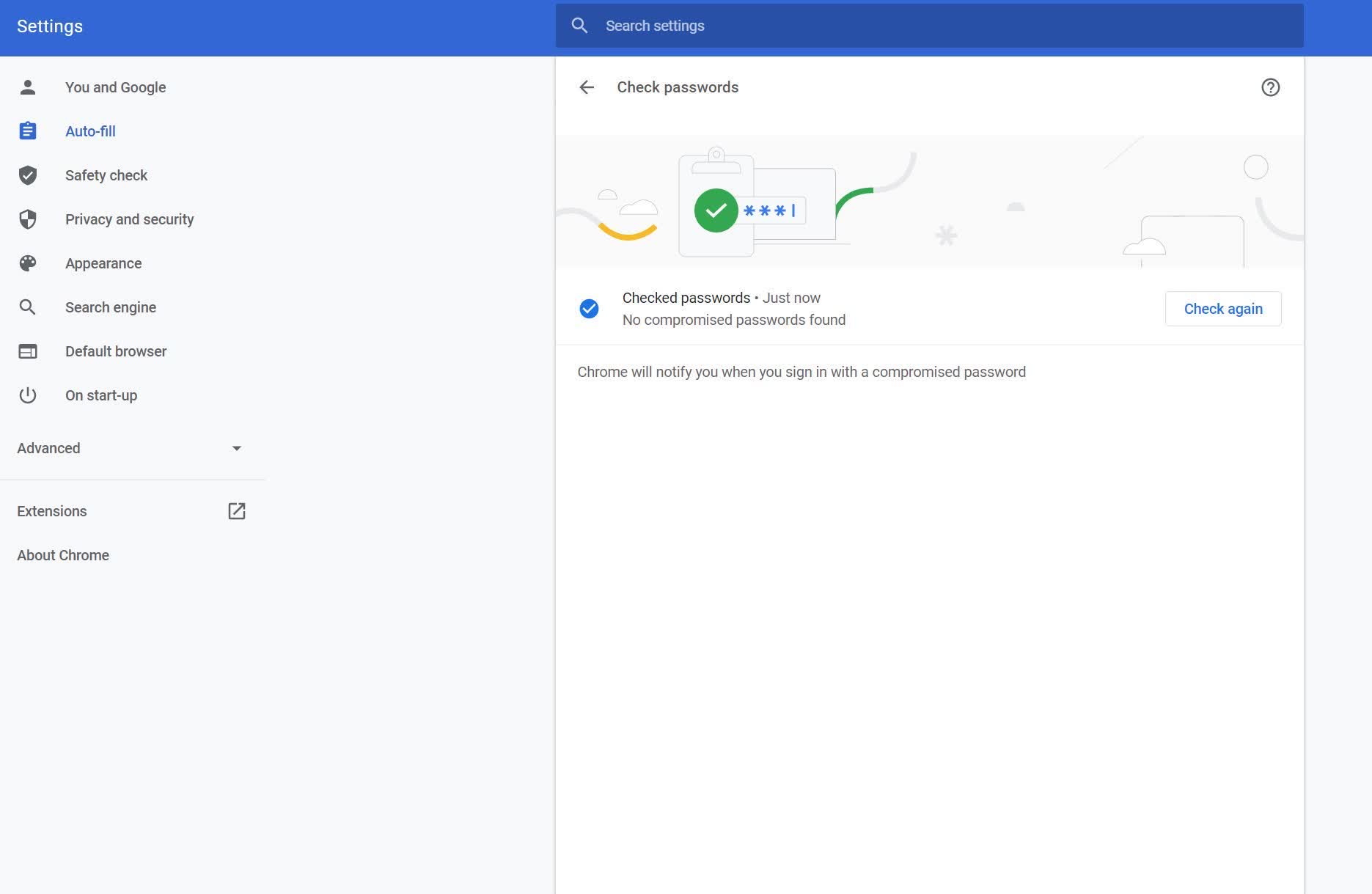What just happened? Google's latest version of the world's most popular browser has arrived, and with it comes a slew of new safety-focused features and tools. Chrome 86 is designed to protect users on both desktop and mobile with better password security, protection from dangerous downloads, and more.
The highlight feature is support for the '.well-known/change-password' file. Should Google detect that one of your saved passwords was part of a security breach, you'll be prompted to change it. Not only are you informed of the danger, but Google will also redirect you to the site in question's password protection page so you can change your credentials. Any sites that don't support the change-password file will redirect users to its homepage.
As reported by Bleeping Computer, Google is continuing to block mixed content downloads. In Chrome 86, downloads for executables and archives (.exe, .apk, .zip, etc.) will be blocked if a download is initiated over a secure HTTPS connection but completes using an insecure HTTP connection. The browser will also warn users if they submit forms that use a mixture of HTTP and HTTPS. It also disables the autofill feature in these cases.
Chrome 86 adds Background Tab Throttling, which will throttle background tabs to a maximum of 1 percent CPU usage after they've been inactive for five minutes or more, and limits wake up to once per minute.

For mobile users, Chrome 86 brings the Safety Check feature from the desktop version to Android and iOS. It essentially checks the browser and its saved data to make sure it's secure. The Enhanced Safe Browser feature is also hitting handsets, which sees Chrome share information about visited URLs and download links with Google Safe Browsing in real-time to ensure they are not malicious. iOS users, meanwhile, can now use biometric authentication (Face ID, Touch ID, or phone passcode) when auto-filling saved passwords into login forms.
Elsewhere, the latest version of Chrome includes a number of security patches and bug fixes. There are also new flags for testing its experimental features, such as editing saved passwords.
To check your version of Chrome/install the latest update, go to Menu > Help > About Google Chrome.

